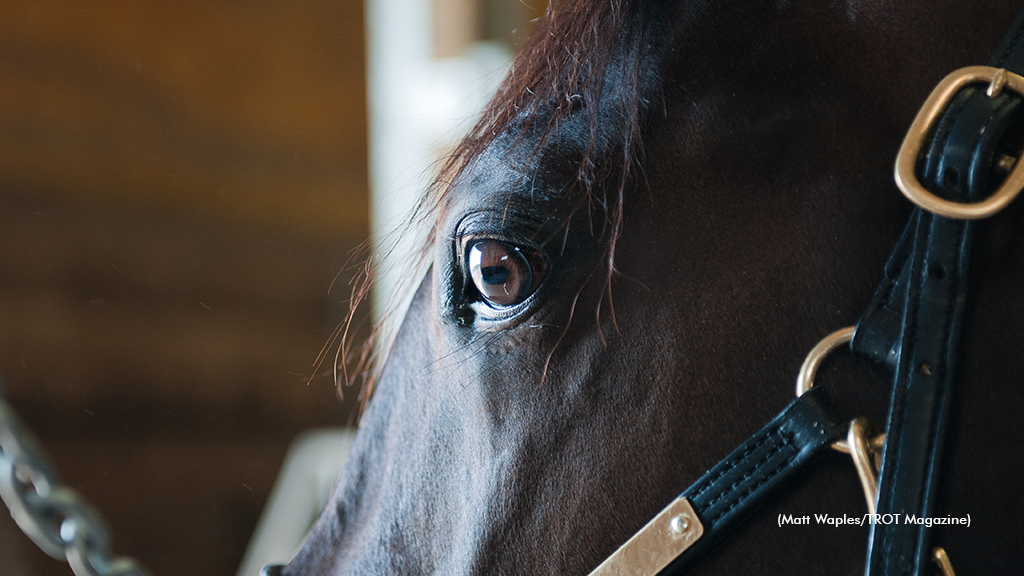Equine Guelph Reports On Strangles Testing Research

Strangles, the highly contagious upper respiratory disease caused by the bacterium, Streptococcus equi (S. equi), has been front and centre on social media lately with numerous disease alerts being posted. These alerts are triggered by positive test results for S. equi and reported by an official laboratory to the provincial or state veterinary office. Given the potential ramifications of a positive test, such as animal movement restrictions for several weeks and increased costs to horse and facility owners, a lot rides on the interpretation of these test results and the associated risk of disease spread to other horses, both on and off the premises.
Testing for S. equi helps determine that a horse is free of S. equi or, in other words, not an S. equi carrier. It is usually done when the horse has recovered from clinical signs of Strangles to determine they are no longer infected and capable of transmitting S. equi, or upon request by equine facility managers, to screen a horse for carrier status prior to coming to their facility.
S. equi carrier horses are horses that show no clinical signs of infection but harbour S. equi in their guttural pouches. They can shed S. equi intermittently from the nose for months to years.
The two tests utilized for S. equi testing are the polymerase chain reaction (PCR) and bacterial culture. Testing utilizing bacterial culture detects living S. equi. Polymerase chain reaction (PCR) testing is much more sensitive than culture but detects DNA from both living and non-living bacteria. While the PCR sensitivity level can be useful as it can detect carrier horses that have a very low level of bacteria present in their guttural pouches, it can also detect transiently exposed/infected, asymptomatic horses, which rapidly clear the infection within a week. PCR can also flag horses that are less likely to be infectious at the time of sampling which can aid in risk management for that horse and the herd.
While these tests have their pros and cons, the relationship between S. equi PCR and bacterial culture has not been extensively studied. This is what Dr. Scott Weese of the Ontario Veterinary College and collaborators from the Ontario Ministry of Agriculture, Food and Rural Affairs and the University of Prince Edward Island set out to determine in a 2023 research study funded by Equine Guelph: Relationship between quantitative real-time PCR cycle threshold and culture for detection of Streptococcus equi subspecies equi.
The 2023 study compared PCR and culture results from 158 equine respiratory tract samples submitted to an Ontario animal health laboratory for S. equi PCR testing. Of the samples that were PCR positive (CT < 40), only a minority (7.6 per cent) were positive for S. equi on culture. That suggested that most PCR positive horses were likely a low risk for transmitting the bacterium at the time of sampling. A qPCR cycle threshold (CT ) of 34.2 was the breakpoint established, signifying that the likelihood of finding culturable S.equi above a CT of 34.2 was less likely and that the horse had a lower risk of being infectious at that point in time. These results were specific to this particular laboratory and cannot be applied to other laboratories which use their own testing procedures.
The PCR cycle threshold (CT) is the number of cycles that occur before S. equi bacteria is detected. The higher the CT value, the lower the number of bacteria.
The line is not meant to be a green or red light but an indicator to aid in assessing the risk of disease transmission. Horses with PCR CT levels above 34.2, and who have developed a carrier status, can go on to produce lower CT levels (higher bacterial counts) over time and be a risk for S. equi shedding down the road. More research is needed to understand the S. equi shedding dynamics in carrier horses.
Combining culture and PCR testing is an option which comes at a higher cost to the horse owner but can be useful for an in-depth way to investigate bacterial loads and the risk of transmission at the time of sampling. While opting for ultimate sensitivity can help make sure no potentially infected horses are missed, it can start the domino effect of excessive control measures and costly interventions if not put into perspective related to the goals of testing, which may vary significantly between facilities (e.g. busy show barn, racetrack or closed herd).
Strangles has existed in horses since the 1800s and isn’t going away anytime soon. Testing as part of a recovery plan from a Strangles outbreak is a no-brainer, but when it comes to using S. equi testing as part of a sickness prevention plan for your horse or facility, talk with your veterinarian and understand the impact a positive test result might have on your horse/herd and wallet before you start testing.
Equine Guelph supports a number of high-quality projects at the University of Guelph, by virtue of funding provided largely by the racing industry (Standardbred, Thoroughbred and Quarter horse organizations): the Horse Improvement Program from the Horsemen’s Benevolent and Protective Association, and the E.P. Taylor Foundation, started by veterinarians in the Thoroughbred industry, and now maintained in trust by the University and Equine Guelph.
Interested in FAQs on Strangles? Check out Equine Guelph's information sheet by clicking here.
Help protect your horses from becoming ill with TheHorsePortal.ca course, Sickness Prevention in Horses, and the EquineGuelph.ca 12-week course, Equine Health & Disease Prevention.
(Equine Guelph; Horse pictured does not have strangles)

